Progress seen at Great Lakes' second-largest area of concern, on Minnesota-Wisconsin border
ST. LOUIS RIVER – Before emptying into Duluth-Superior Harbor, the St. Louis River balloons into Spirit Lake. The widened, circular portion of the river – tea-colored from naturally occurring tannins – is home to Spirit Island.
The island, which resembles a turtle shell poking out of the middle of the lake, was the final stop for Ojibwe on their journey to find the food that grows on water, and adhere to a spiritual prophecy to live there.
When they arrived, the waters around the island held a cornucopia of manoomin — or wild rice.
Today, the St. Louis River is in transition.
Decades of habitat destruction and legacy pollution have scarred Lake Superior’s largest tributary, leaving it much different than when the Ojibwe first arrived.
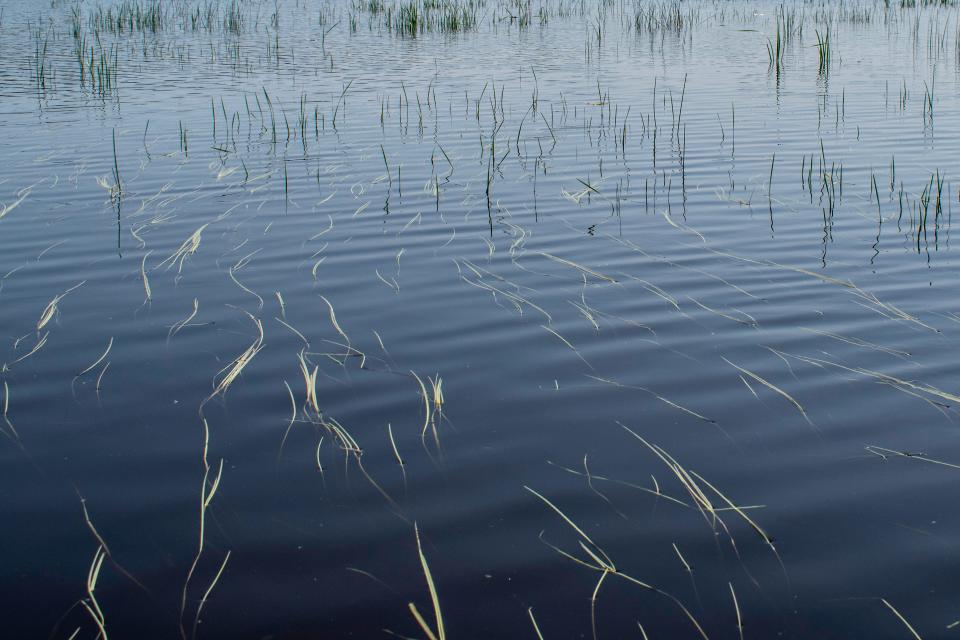
The lower river is designated as an "area of concern," one of the most degraded areas throughout the Great Lakes. It’s the second largest area of concern in the U.S. Great Lakes and the only remaining one shared between two states.
State agencies in Minnesota and Wisconsin as well as the Fond du Lac Band of Lake Superior Chippewa now are cleaning up the river’s legacy contamination, restoring habitats for wild rice and recreation, and bringing back fish populations like lake sturgeon.
They are rooting the work in traditional ecological knowledge.
Challenges remain, like Canada geese decimating some wild rice beds. But signs of progress are emerging all along the river.
For instance, wild rice densities are on the rise as well as catch rates for prized fish, like walleye. Lake sturgeon were also recently documented reproducing naturally once again in the river.
The effort is bringing back what was lost, and trying to put it back for everyone else, said Terry Perrault, lead technician for the Fond du Lac Band’s Natural Resources Department.
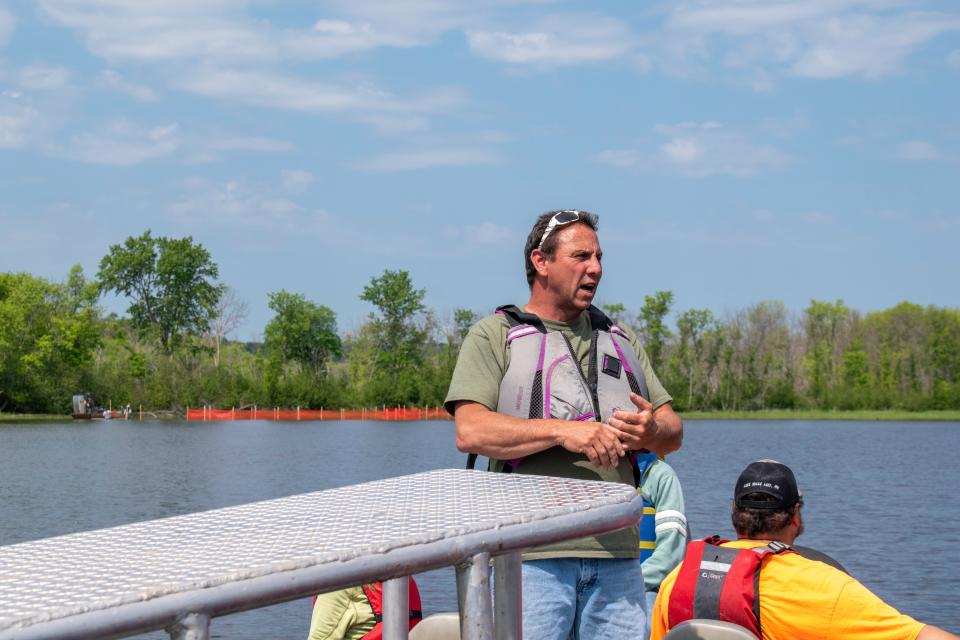
St. Louis River one of four areas of concern in Wisconsin
The lower St. Louis River is one of 25 remaining areas of concern on the U.S. side of the Great Lakes. Areas of concern were designated under the 1987 U.S. and Canada Great Lakes Water Quality Agreement.
The site includes the lower 39 miles of the river, just upstream of Cloquet, Minnesota, to the mouth at the Duluth-Superior Harbor. It also includes the Nemadji River watershed, which runs south of the St. Louis River as well as an area north of the river, encompassing Duluth.
These degraded sites are defined by their beneficial use impairments, or symptoms of pollution. When the St. Louis River was designated, the river had nine of these symptoms, such as degraded fish and wildlife populations, loss of habitat and excessive loads of sediment and nutrients.
The restoration projects are “giving the river a lift,” said Melissa Sjolund, the river’s area of concern coordinator at Minnesota's Department of Natural Resources.
With so many different habitats in the area, they have yet to do the same project twice, she said.
Once monitoring efforts show that restoration targets are met, the U.S. Environmental Protection Agency will delist the site.
The river is the only area of concern in Minnesota and one of four in Wisconsin. The other Wisconsin sites flow into Lake Michigan: the Milwaukee Estuary, the Sheboygan River and the combined Fox River and lower Green Bay. The EPA delisted a fifth site, the Lower Menominee River, in 2020.
More: Milwaukee is turning around one of the most degraded sites in the Great Lakes. Here's how.
Legacy pollution in Spirit Lake from U.S. Steel’s Duluth site
There are two main things that led to the river’s degradation, said Sjolund. The first is industrial legacy contamination from unregulated discharge prior to the Clean Water Act. The second is the loss of fish and wildlife habitat due to the river being dredged and filled.
Operations from U.S. Steel, a former steelmaking and wire mill facility, released multiple contaminants into the land and water near Spirit Lake, such as heavy metals and polycyclic aromatic hydrocarbons, or PAHs. The EPA also designated this area as a Superfund site, abandoned areas polluted with hazardous materials.
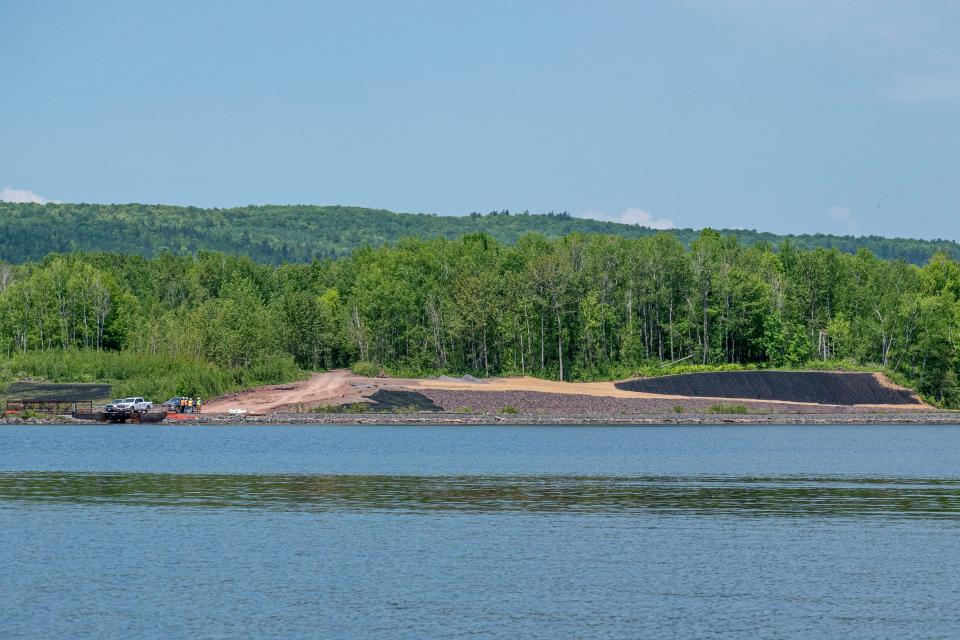
The Minnesota Pollution Control Agency and other partners are working to lower the concentration of PAHs and heavy metals at different sites along the river, like in Spirit Lake, to improve the water for fish spawning and restore the river’s wetlands.
At the Spirit Lake site, roughly half of the funding for cleanup and restoration projects is coming from the Great Lakes Restoration Initiative administered by the EPA, Sjolund said. The other half comes from U.S. Steel.
Recovering wild rice throughout the river
Wild rice drew people to the St. Louis, and brought them together, said David Grandmaison, the river’s wild rice restoration coordinator at the Wisconsin Department of Natural Resources.
Efforts to restore wild rice began in 2014. And through last year, the state agencies and the Fond du Lac Band have placed 67,000 pounds of wild rice seed in the river. The effort is finally paying off.
But wild rice recovery is a long-term commitment that requires stewardship, monitoring and education, Grandmaison said. It’s not something that is ever finished. Water levels, weather patterns and snowfall are all things that can affect how well the wild rice grows.
Wild rice also has an ecological role, Grandmaison said. It’s a food source for waterfowl and provides fish habitat for spawning, as well as adding to the ecological diversity of the vegetation within the river.
One of the biggest challenges now are Canada geese feeding on the rice.
Workers have tried deterring the herbivores by fencing off the seeded areas with exclosures and by using coyote decoys. The problem has grown so stark that geese are now being euthanized to protect the restored rice beds.
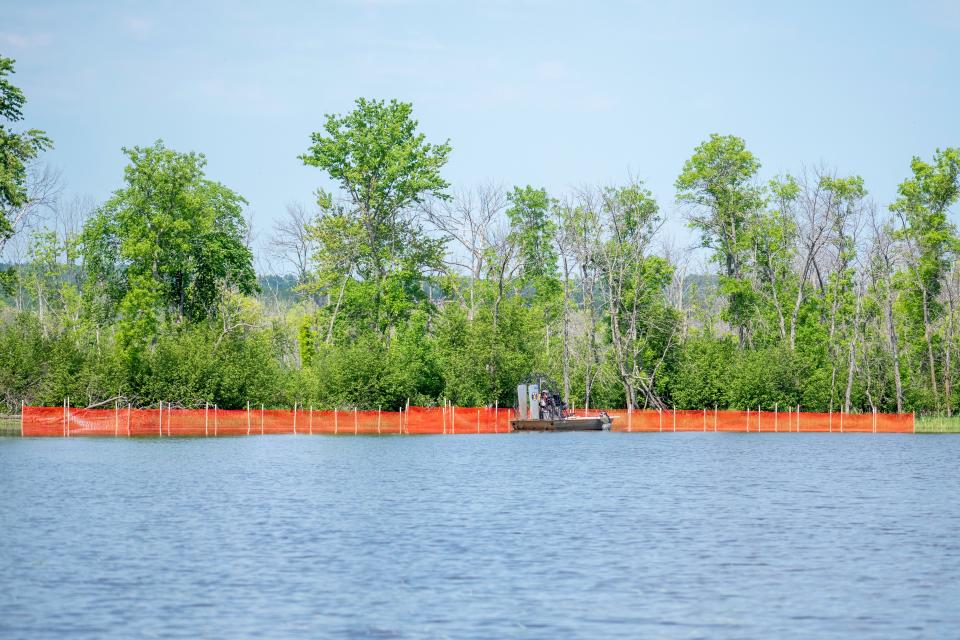
Restoring wetlands, islands, parks and beaches
Between 1983 and 2000, the two states' fisheries departments stocked the St. Louis River with lake sturgeon, including 762,000 fry, 143,000 fingerlings and 500 yearlings, said Matt Steiger, the area of concern coordinator at the Wisconsin DNR.
But historic development and sediment deposition left many parts of the river too shallow for fish to use. And the goal is to restore about 1,700 acres of aquatic habitat in the area of concern, Sjolund said.
Many projects have also helped restore natural shorelines and spawning habitats along the river, like at Chambers Grove Park in Duluth, as well as wetlands along the river that provide important habitat for fish and birds and mitigate flooding during storms.
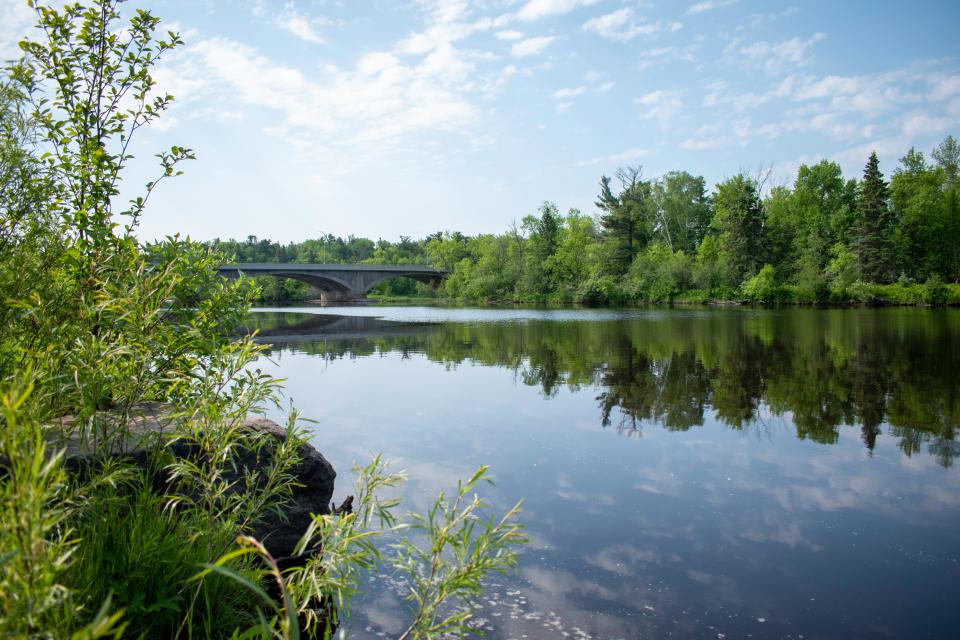
The two states’ natural resource agencies also deepened the river and removed sediment and invasive plants, Sjolund said. Deeper waters provide more diverse habitat for fish, like nursery habitat as well as areas that stay cool in the summer and don't freeze in the winter.
There are also a lot of islands that are important for migratory birds. Interstate Island is home to one of only two common tern colonies in the entire Great Lakes and is an important stopover for other migratory birds. Before it was restored and rebuilt in 2019, high water levels and storms had eroded it away to almost nothing.
Restoring habitat isn’t only beneficial to fish and wildlife. The work is tying restoration with recreation.For instance in Wisconsin, projects on Barkers Island Inner Beach in Superior have created boardwalks for beachgoers and cleaned up bacteria from beaches so there are fewer closures.
More: Wetlands were everywhere on the Great Lakes, how one project is helping save them
Walleye, muskie, lake sturgeon are all bouncing back
Earlier this year, the states’ natural resource agencies removed degraded fish and wildlife populations as a beneficial use impairment.
Walleye is one kind of fish making a comeback. According to Sjolund, walleye catch rates averaged about five per lift between 1981 and 2014. Since 2015, the average has increased to more than eight. Some anglers are even catching dozens in a single outing, she said.
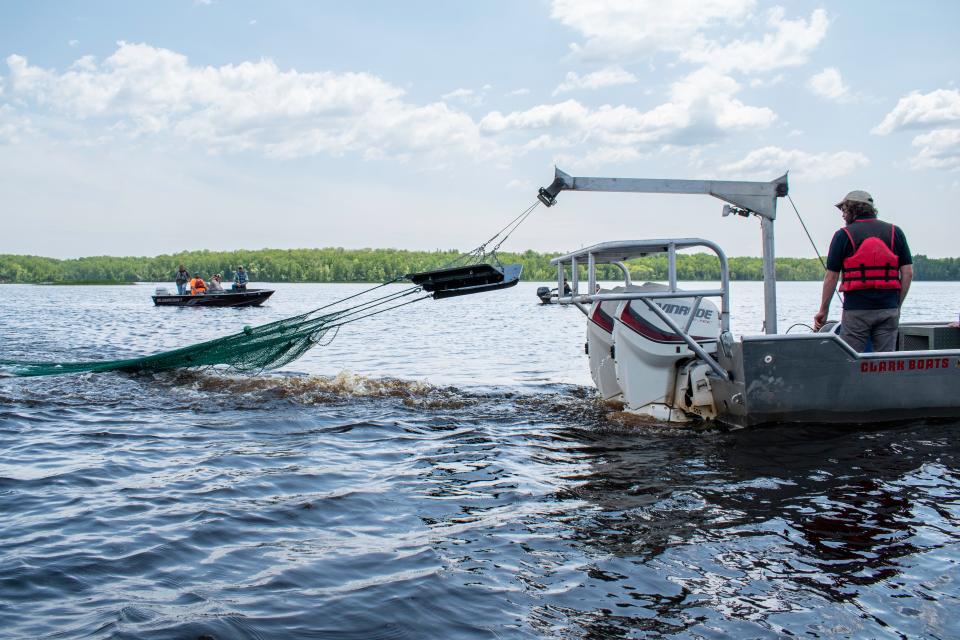
Trophy-sized muskie are also on the rise, she said. During the spring, biologists with the Minnesota DNR captured more than 300, with about 7% exceeding 50 inches in length.
And while lake sturgeon are now reproducing naturally again in the river, it will take some time before the coveted fish rebound because they don't hit reproductive age until they are much older, Steiger said. The agencies are planning to stock the river again in the fall using eggs taken from the Sturgeon River in Michigan's Upper Peninsula, he said.
More females are returning to the spawning sites than ever before. Steiger frequently sees them jumping out of the water when he’s on the river.
“All signs point to a slow and steady recovery,” Steiger said.
Reporting for this story was made possible, in part, by a fellowship with the Institute for Journalism & Natural Resources. Caitlin Looby is a Report for America corps member who writes about the environment and the Great Lakes. Reach her at clooby@gannett.com or follow her on Twitter @caitlooby.
Please consider supporting journalism that informs our democracy with a tax-deductible gift to this reporting effort at jsonline.com/RFA or by check made out to The GroundTruth Project with subject line Report for America Milwaukee Journal Sentinel Campaign. Address: The GroundTruth Project, Lockbox Services, 9450 SW Gemini Dr, PMB 46837, Beaverton, Oregon 97008-7105.
This article originally appeared on Milwaukee Journal Sentinel: Wild rice, sturgeon rebound in Lake Superior's largest tributary

